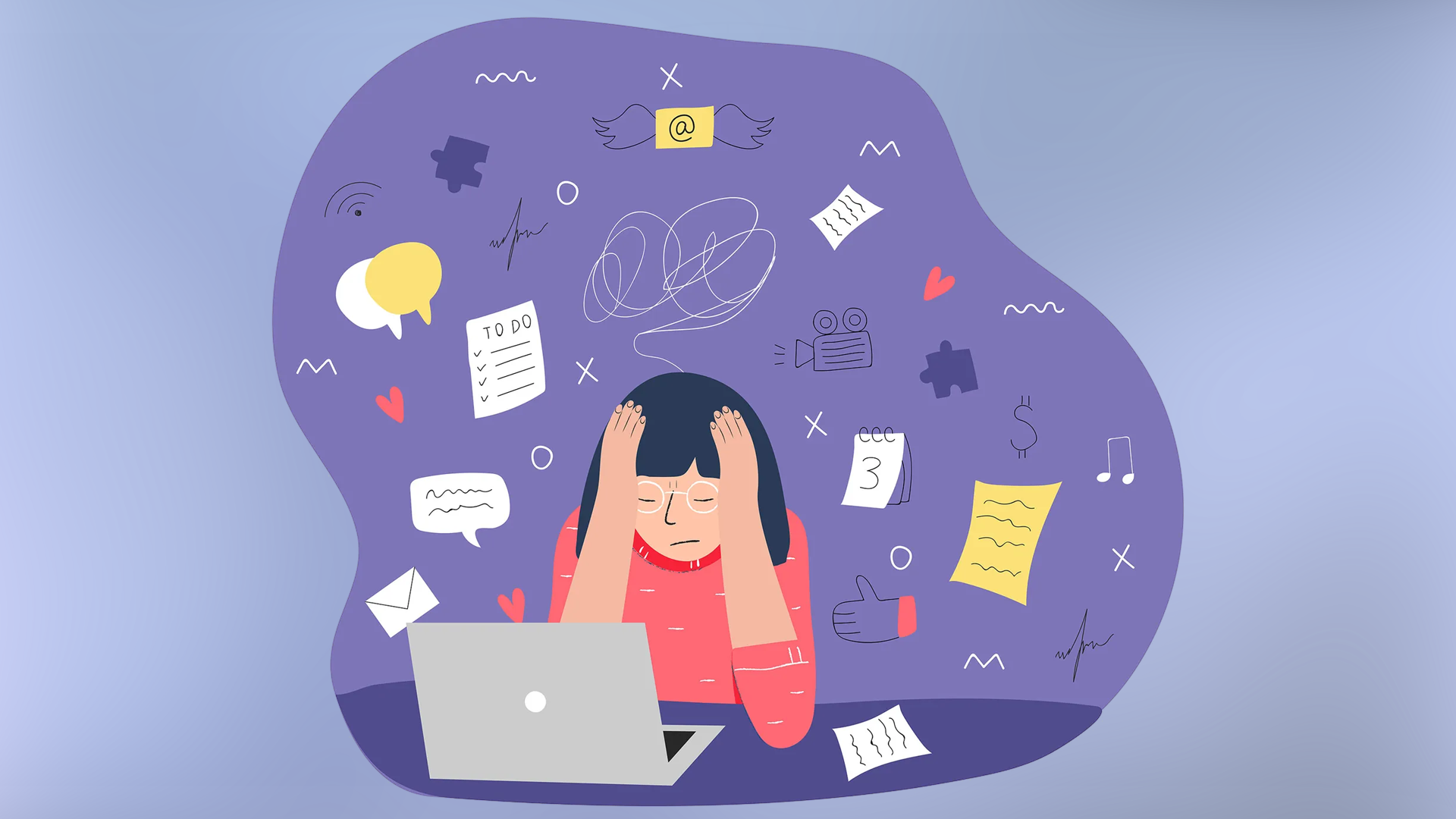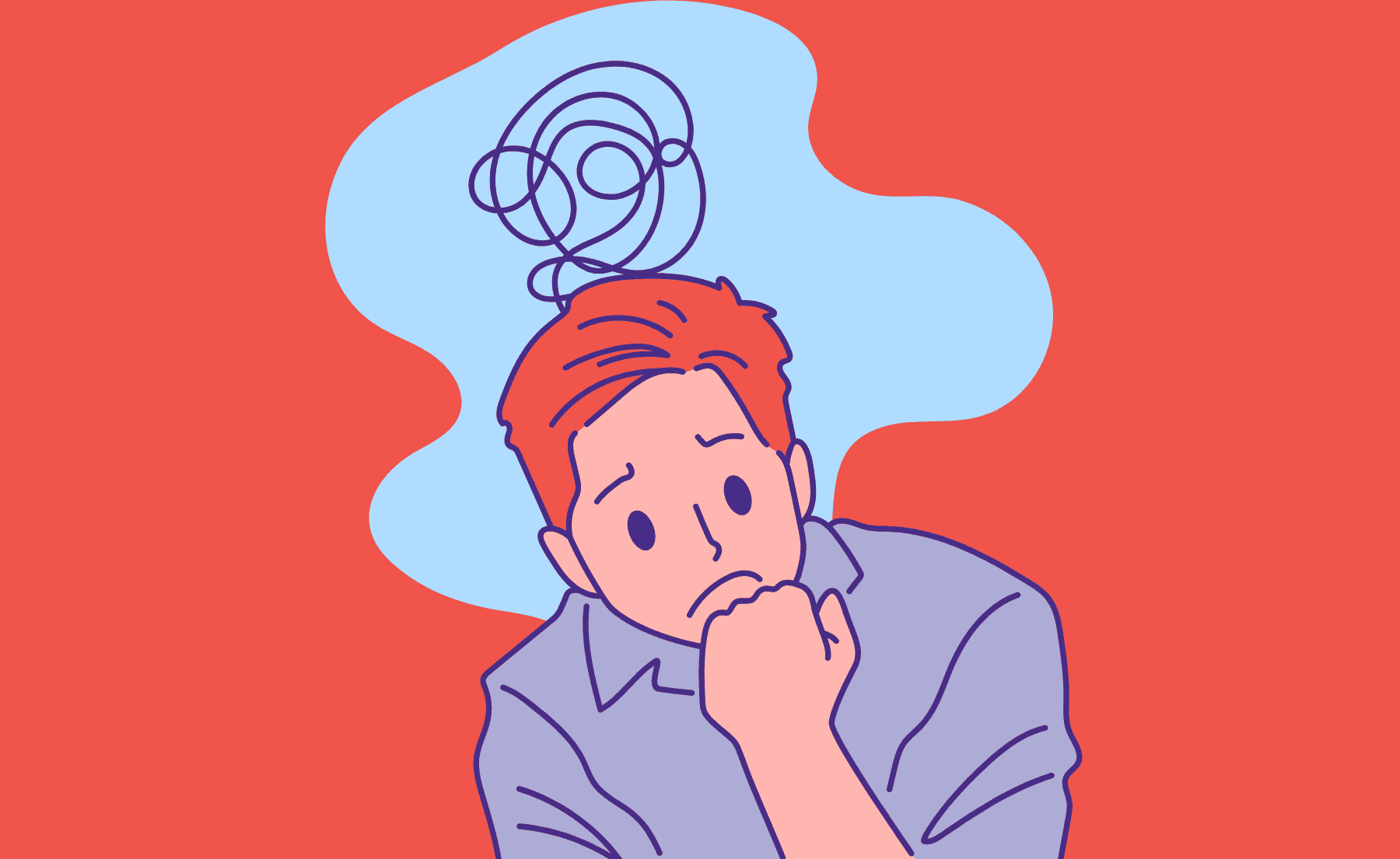Worry 101: Making Friends with Big Feelings

Worry (anxiety) is a natural feeling that tries to protect us from danger or big changes.
The Dive
Start with this: worry is not the enemy—it’s a signal. Long ago, our brains learned to keep us safe by sounding an alarm when something might go wrong. Today that alarm still helps us study for a test or look both ways at a crosswalk, but if it stays on high volume, even small problems can feel giant.
Big feelings travel through your body on two ‘tracks.’ The sympathetic nervous system is the gas pedal (fight, flight, or freeze) that speeds your heart, tightens your tummy, and makes palms sweaty. The parasympathetic system is the brake (rest-and-digest) that slows breathing and clears your mind so you can think and choose.
Because worry wants to protect you, it can also change how you handle conflict. If you’re worried about being misunderstood, you might avoid talking; if you’re anxious and tense, you might snap or cry faster than usual. Naming the feeling—“I’m worried and my stomach is tight”—is the first step toward choosing a calmer response.
Think of emotions on a dimmer switch, not an on/off light: concern → worry → anxiety → panic. When the dial is turned way up, the first step is to soothe your body. Science-backed skills like slow exhale breathing (in 4, out 6), grounding with the five senses (5 things you see, 4 hear, 3 feel, 2 smell, 1 taste), and progressive muscle relaxation (tense–release) tell your nervous system, “It’s safe to turn the alarm down.”
Cold can do the trick too. A cool splash on your face or a wrapped ice pack on your forehead for 20–30 seconds can trigger the body’s ‘diver response,’ lowering heart rate and giving your thinking brain space to come back online. Once you feel steadier, you can solve the problem instead of the panic.
Worry also subsides when you make a plan. Write a tiny next step (“Ask for help,” “Pack my materials,” “Practice more”) and a calm script (“I can be nervous and still do this”). Keep noticing body signals—tight tummy, shaky legs, clenched jaw—and use your skills early, before the alarm blares.
Remember: all feelings are welcome; all actions are choices. It’s okay to feel angry, sad, or worried. What matters is what you do next. When you pair body-calming tools with kind communication, you turn worry from a wall into a bridge.
The more you practice, the stronger your calm gets. Like any sport or instrument, emotional regulation grows with reps: breathe, ground, move, rest, repeat. Over time, you’ll trust that big feelings can visit without taking over—and that you can meet conflict with courage and care.
Why It Matters
Worry tries to protect you—but when it gets too loud, it can steer your choices and your friendships. Understanding how worry works in your brain and body helps you notice signals early, calm your system, and choose kinder, clearer actions in times of conflict.
?
Where do you feel worry in your body, and what calming skill helps you most?
How can worry be helpful before a test or performance—and when does it stop helping?
Which conflict style do you use when worried (avoid, argue, freeze), and what’s one small change you could try?
What sentence starter could you use to speak up kindly when you feel anxious (e.g., “I feel nervous about…, can we…”)?
Which two daily moments could be ‘calm reps’ for you (morning breathwork, after-school grounding, bedtime body scan)?
Dig Deeper
Kid-friendly strategies—breathing, grounding, and movement—to handle big emotions.
A short explainer on what worry is and simple ways to reset your nervous system.
Related

Feelings & Conflict: Understanding Emotions in Disagreements
Conflict isn’t just about facts—it’s about feelings. Big emotions like worry, anger, and fear can shape how we respond in a disagreement. Understanding these feelings is the first step to handling conflict in a healthier way.

Understanding Triggers: What Pushes Our Buttons and Why
Triggers are emotional hot buttons—specific things that spark big reactions in us, often without warning. Learning to recognize our triggers is the first step toward responding with self-awareness instead of reacting out of instinct.

Observation & Sorting
Observation and sorting aren’t just school skills—they’re life tools that help us think clearly, solve problems, and make better choices every day.
Further Reading
Stay curious!
